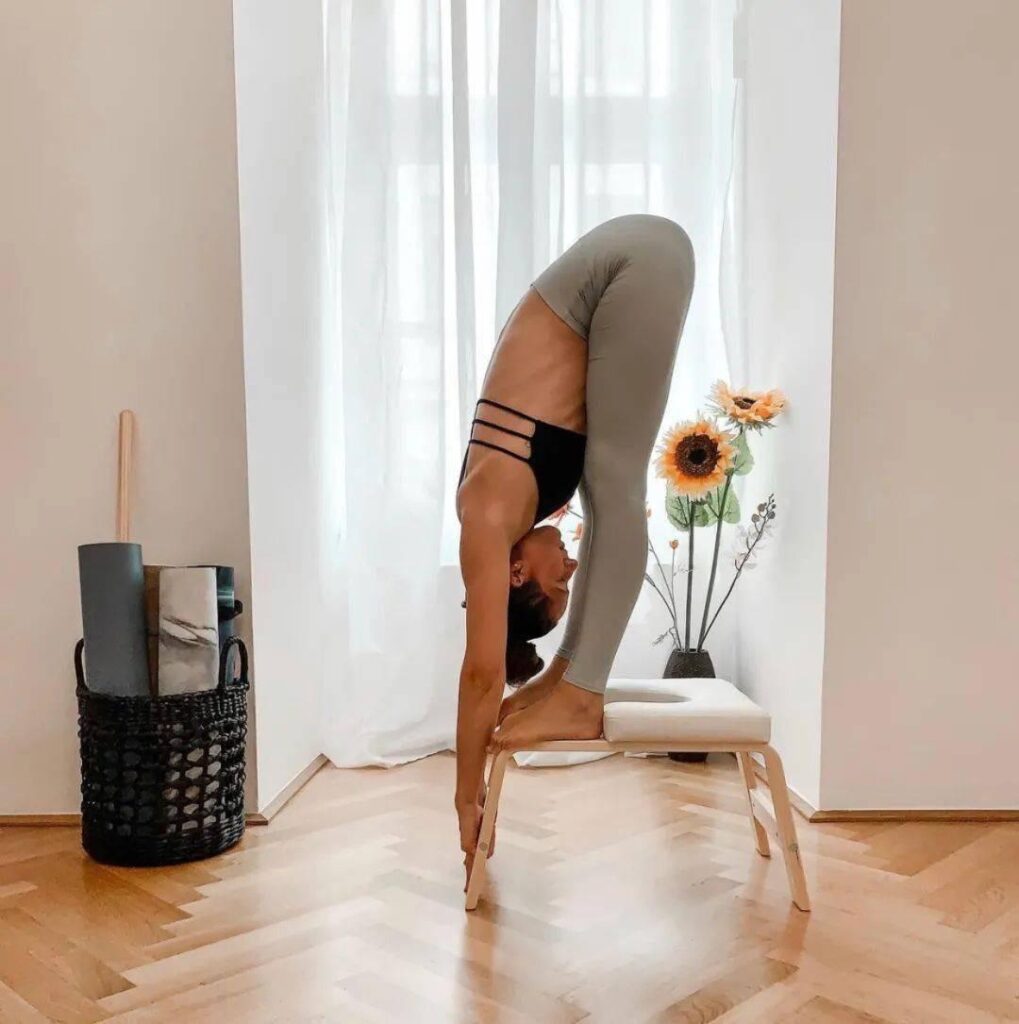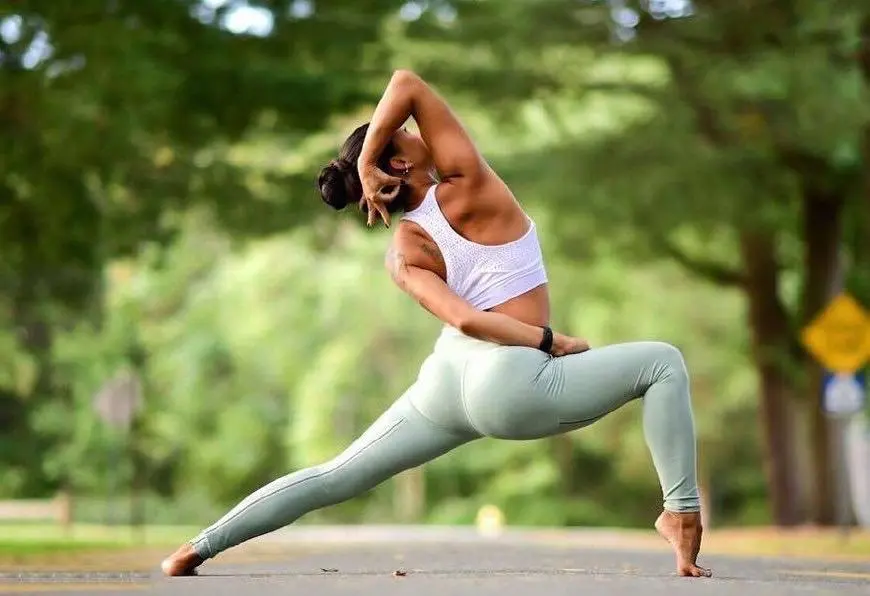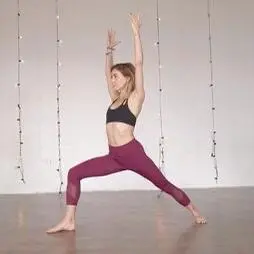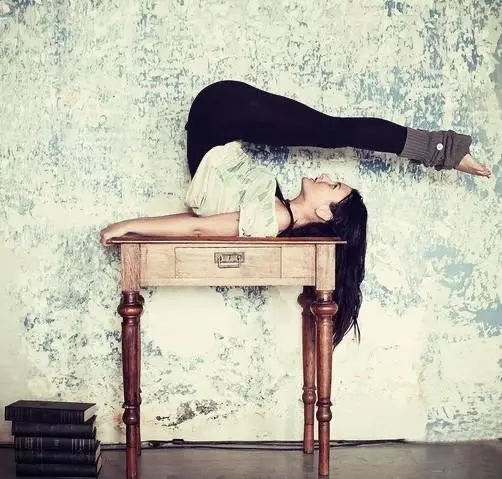Although Iyengar yoga for beginners does not emphasize the part of breathing, it is undeniable that breathing is important to asanas. Asanas that involve breathing will be deeper and more fluid, and people will feel more relaxed and happy.How to Coordinate Movement and Breathing for Beginners in Yoga

So today I want to talk with you about how for beginners, how to make the breath fit with the asana, how to bring the breath into the asana, synchronize the asana and the breath, and experience a different yoga practice
The first step is to observe
Don’t do any control first, just enter the asana according to the habit of your usual practice, and observe your breathing when entering the asana. What to observe, I will list it roughly.
- Do you inhale into the pose, or exhale into the pose?
- Is the breath (inhalation) long or the movement long?
- If you are short of breath (breathing), are you holding your breath?
- If you breathe out (inhale) for a long time, are you full or exhausted? or empty breath (inhale)

What do these points mean? I give a simple example. Action: Hands side up to the top of the head, palms facing each other.
According to your usual habit, raise your hands up over your head and observe the following:
- When you lift your hands up over your head, do you inhale or exhale?
- Do you move faster than breathing or move slower than breathing?
Halfway through the action, when the hand has not fully extended to the top of the head, the inhalation has been fully inhaled (exhaled), this situation is that the action is slower than the breathing; the hand has been raised to the top, but is still inhaling (exhaling) , in which case the movement is faster than the breath. - If the inhalation (exhale) is faster than the action, the inhalation (exhale) is shorter. After the inhalation, the hand has not been raised in place. At this time, you are holding your breath to raise your hand, or continue to breathe (inhale) normally and raise your hand.
- Reverse with 3. The hand has been raised to the top, you are still inhaling (exhaling), do you continue to complete this round of breathing, or you have not fully inhaled or exhaled, and then take the next round of breathing.

This is the observation part. Paying attention to the observation part is very important. We say that for beginners, being able to observe their own breathing is already a manifestation of connecting asanas and breathing. If you do not observe the action once, you can do it several times and be faithful to your own observation.
Second, cooperation.
Observation is not the goal. In the end, practice, improvement, and alignment of breathing and movement are the goal, so let’s see how to adjust.

In fact, whether the action is faster than the breath, or the breath is faster than the action, you can coordinate by “fast a little slower, slow a little faster”. The hardest thing to do, and not easy to find, is: breathe fast, move slowly, and hold your breath to finish the move.
So let’s focus on this situation.
Phenomenon: The breathing is faster than the movement, the breathing has ended, the movement is still halfway, and it has not reached the end.
Common but wrong: Hold your breath and keep moving.
The correct method: When the breathing is over, the movement stops, and the movement starts again after the next round of breathing.
This phenomenon is more likely to occur among very hardworking and serious beginners. We’ve said before that excessive effort is one of the things that hinders yoga’s progress. Here too. You rarely see people who are in a relaxed and natural state of practice holding their breath. Instead, it is the kind of people who are more focused and grit their teeth and say they must work hard.

For example, Warrior II: Exhale, bend your knees and enter the second battle. The exhalation is over, but you haven’t bent your knees until your thighs are parallel to the ground and your calves are perpendicular to the ground.
Wrong way: hold your breath, continue to bend your knees, can’t hold back any longer, and feel that your second war has reached this level. In this case, it will be very hard to do asanas. It is not clear whether it is the hardship caused by holding your breath or the hardship caused by exerting force while holding your breath. In short, in the mind of the practitioner, this hardship is attributed to his own practice. Tired, I can only go to this level in the second battle, because I am too tired, struggling and entangled, and I can’t hold on.
In fact, it may not be that you have reached the limit in the second battle, but that you are holding your breath and working hard to the limit, giving you the illusion that the movement is reaching the limit. If you don’t believe it, you combine breathing and movement in the correct way, and try again, you will know that you are stronger than you think.
Correct method: Bend your knees with exhalation; stop bending your knees at the end of exhalation; inhale in a stopped state, lift your ribcage, extend your spine, and lift your pelvis; with the next exhale, continue to bend your knees and enter the pose. You’ll find that the action is deeper and easier.
To summarize: the movement stops at the end of the exhalation, and on the next exhale, the movement continues until the asana is fully entered. The exhalation does not end, the movement does not stop.

The last one is that the action has ended, but the breathing has not yet ended. The solution to this situation is relatively simple: don’t rush to the next round of breathing, keep the action, inhale or exhale this round of breathing fully and then later Continue with the next round of breathing and let the movement go deeper.
I don’t know if you have noticed: always stop the movement, don’t hold your breath, and don’t just take a breath…
This is the cooperation of the first-level movements and breathing, but even if the first-level learning is done, you will find that it is very helpful to the asana, and the movements will become smooth, silky and not tangled. And the asana progresses very quickly, and the practice effect is obvious. If you don’t believe me, you can try it for a month to see the effect.
Read more tips about health and fitness http://www.growmorehealth.com
